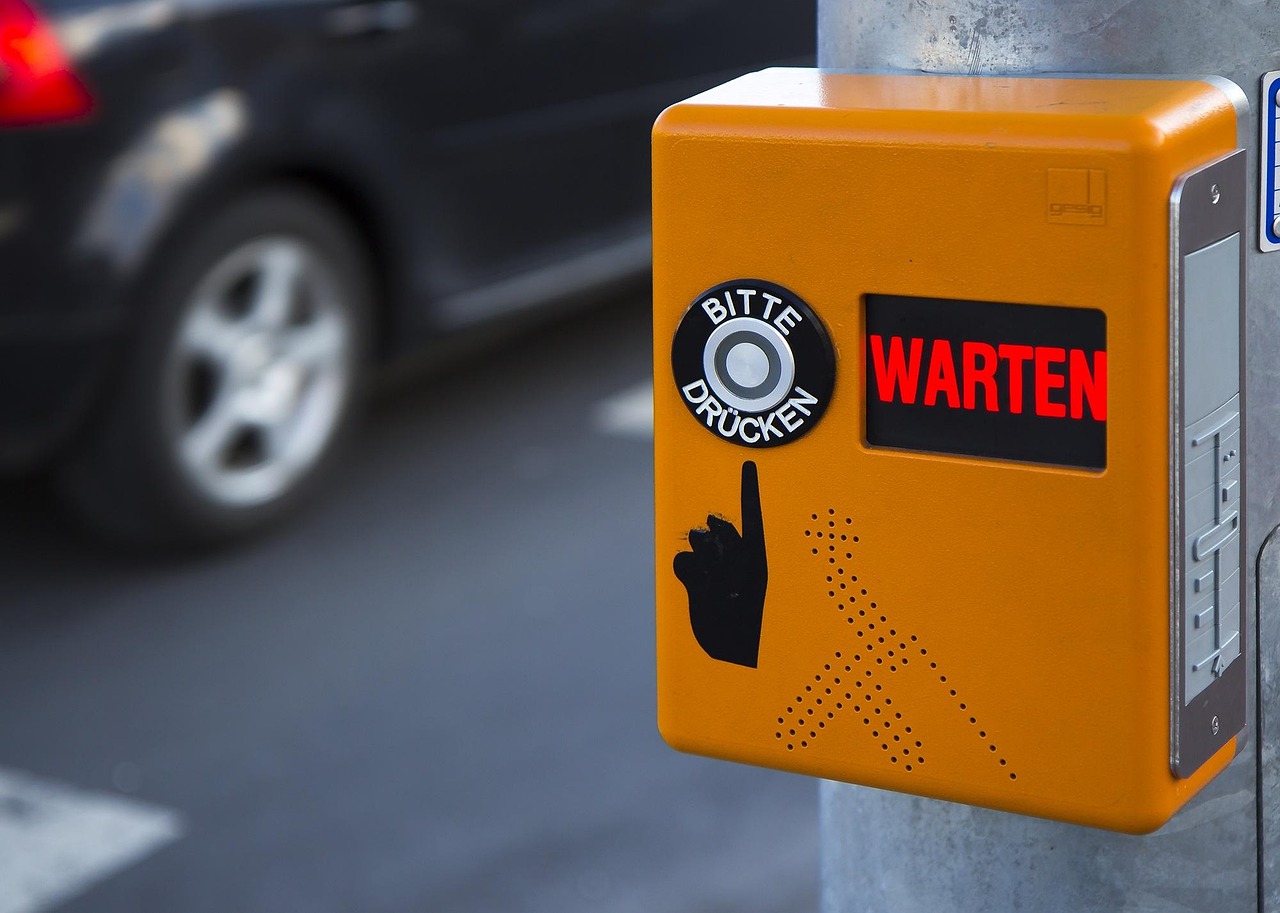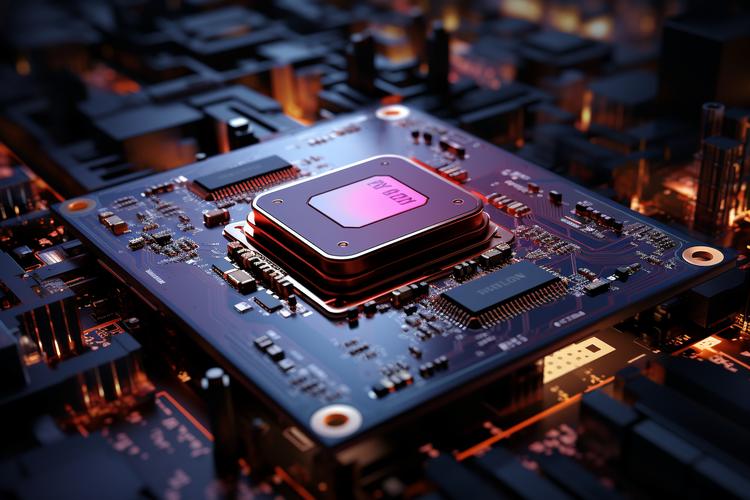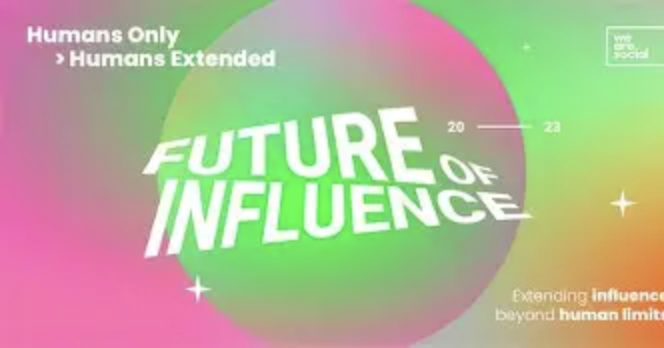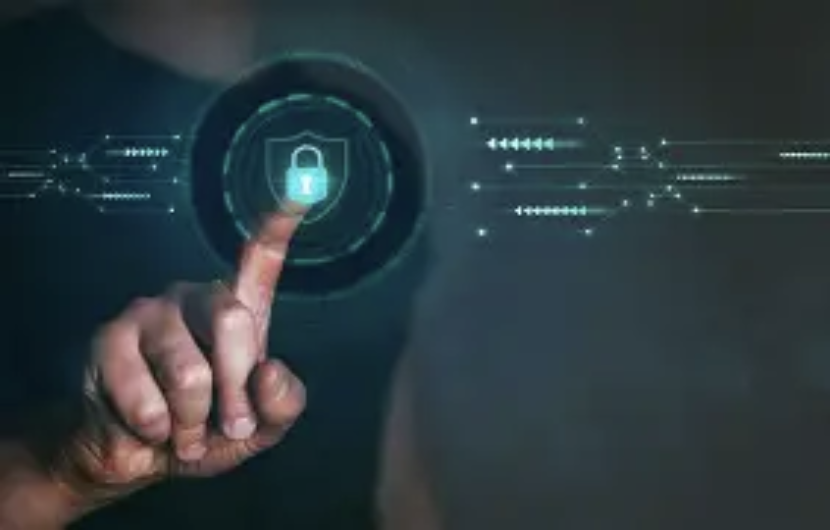In the tide of the rapid development of science and technology, the light also quietly penetrates the darkness and gently shines on the lives of blind friends, weaving a picture of hope for them. When most eyes are focused on the breakthrough of artificial intelligence in conventional fields such as medical care and education, some small and exquisite scientific and technological applications are quietly exerting their strength in the nuances of blind people's daily life, drawing a warm picture.

In the United States, a team of engineers from Massachusetts Institute of Technology has developed a smart glove, which allows the blind to see the world with their hands. This glove has built-in ultrasonic sensor, vibration motor and micro-controller. By transmitting and receiving ultrasonic signals, it can detect the distance of objects in a certain range in front of the glove. When an object is detected, the sensor sends a signal to the micro-controller, and the micro-controller calculates the corresponding vibration intensity and frequency according to the distance of the object, and then drives the vibration motor to work, so that the blind can feel the existence and distance of the object through touch. This not only enables the blind to avoid obstacles more accurately when walking, but also helps them to better perceive the position and shape of objects in their daily lives, greatly improving their convenience and independence in life.

Coincidentally, a company in London, England, launched We WALK, the world's first intelligent walking stick. It integrates advanced sensors and artificial intelligence technology, which can scan the road ahead in real time, identify obstacles, steps, slopes, etc., and prompt the blind through vibration and voice. Its unique design also includes a height-adjustable handle, which can adapt to blind users of different heights. We WALK also has the function of connecting smart phones, which can provide more auxiliary services for the blind through exclusive applications, such as voice navigation and location sharing. It is not only a travel tool, but also a right-hand man for the blind to explore the world and integrate into society.
In addition, Boston University, Waseda University and the University of Maryland at Park jointly created the first multi-modal motion benchmark data set Blind Ways for blind pedestrians. This data set contains 3D motion data of 11 blind participants navigating in real urban environment, totaling 1,029 motion segments and about 0.6 million human postures, and 2,058 detailed high-level and low-level text descriptions. The data set is collected by wearable sensors, covering the natural movement data of the blind in a dynamic outdoor environment, aiming at solving the problem that the existing 3D human movement data set lacks diversity and is biased towards people with normal vision. The application fields of Blind Ways data set include auxiliary technologies such as autonomous driving and social robots, aiming at improving the prediction and response ability of these systems to disabled people's movements, thus improving safety.

These scientific and technological achievements, like bright lights, illuminate the world of blind friends and bring more convenience, confidence and hope to their lives, so that they can embrace life more independently and feel the beauty of life in this era full of scientific and technological charm.



